Continuing our visit from Part One, on a hot June Saturday in New York, the High Line becomes a mecca for people of all ages. There were families and tons of tourists, judging from the accents I heard all around me. After all, what’s not to love about a linear park filled with singing birds and buzzing bees perched above the hustle-and-bustle and honking cabs of lower Manhattan? If you could catch a bit of shade beside the taller buildings, it was cool enough for a photo shoot.
There was even a wandering June bride, her photographer looking for the best funky opportunities.
Some people have wondered about the bits of lawn designed into this very flowery park. On a hot day, you definitely see the attraction – cartwheeling kids……
…..Or people getting off their feet for a few minutes on a patch of soft green turf.
And the benches come in handy too, if only to check on emails and Facebook while catching some early summer rays.
But the bees loved the sunshine, which warms the flower nectar and allows them to forage continuously. Here a honey bee seeks out food on Tradescantia ohiensis ‘Mrs. Loewer’. (All spiderworts are very attractive to bees.)
Red feather clover (Trifolium rubens) is a Piet Oudolf border staple, and the bumble bees love it. But the florets are too long for honey bees or small native bees.
The Siberian catmint (Nepeta siberica) was attracting the attention of big, lumbering carpenter bees.
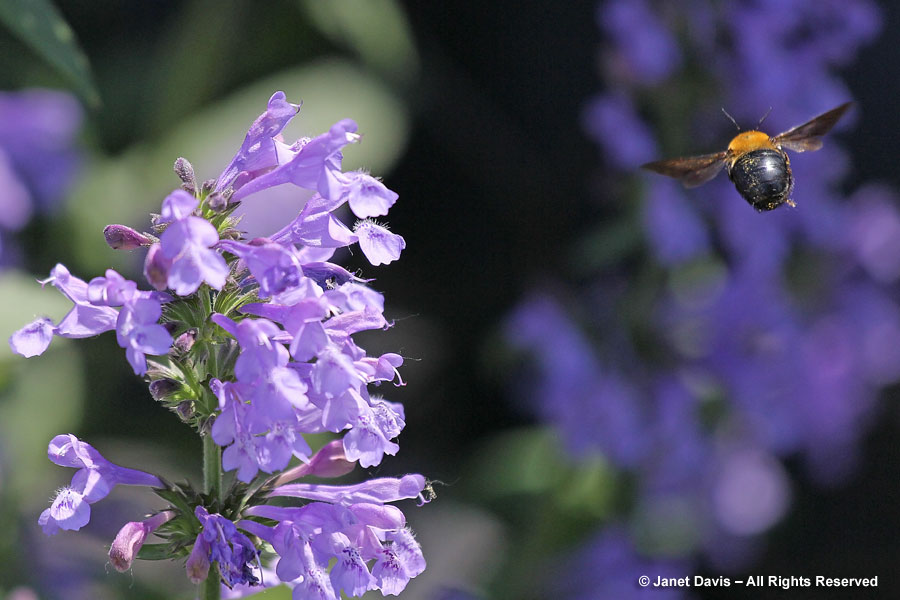
And the butterfly milkweed (Asclepias tuberosa) was just beginning to come into bloom. A beautiful, long-flowering pollinator magnet from sandy prairies, it will hopefully attract monarch butterflies which use the plant, along with other milkweeds, as larval food.
I’ve been working on a list of design pairings showing superb placement of plants against lime-gold backgrounds, and this one made my list. Don’t you agree that Helenium autumnale ‘Rubinzwerg’ looks lovely against the foliage of Amsonia hubrichtii?
The High Line gets top marks for showing off rare magnolias – for New York City – in bloom long after the spring rush of the more common magnolias is over. Sweetbay (Magnolia virginiana) seemed very happy far from its old Virginia home.
And Ashe’s magnolia (M. macrophylla var. ashei), with its big leaves and massive blossoms, looked like something dropped in from a sultry, Alabama or Louisiana forest. Which is where they come from, but are seemingly thriving here in protected parts of the High Line between big building walls.
At West 30th Street, the new section of the High Line (called the Spur) stretches before me. There are lots of plans afoot for this newest addition to the park, and the plants are already being placed.
Finally, having walked and photographed my way along 16 elevated High Line blocks on this hot summer afternoon, I took my parched and weary self down the stairs at 30th Street in search of a long, tall drink!
P.S. To see an album of my photos of the High Line in spring 2012, check out my public Facebook album. (The album begins with a few pictures of a ceremony honouring the late Frank Cabot, founder of the Garden Conservancy).
And to get a flavour of what the High Line offers in mid-summer, have a look at this public Facebook album of my July 30, 2011 visit.
Can you tell l’m a big High Line fan?

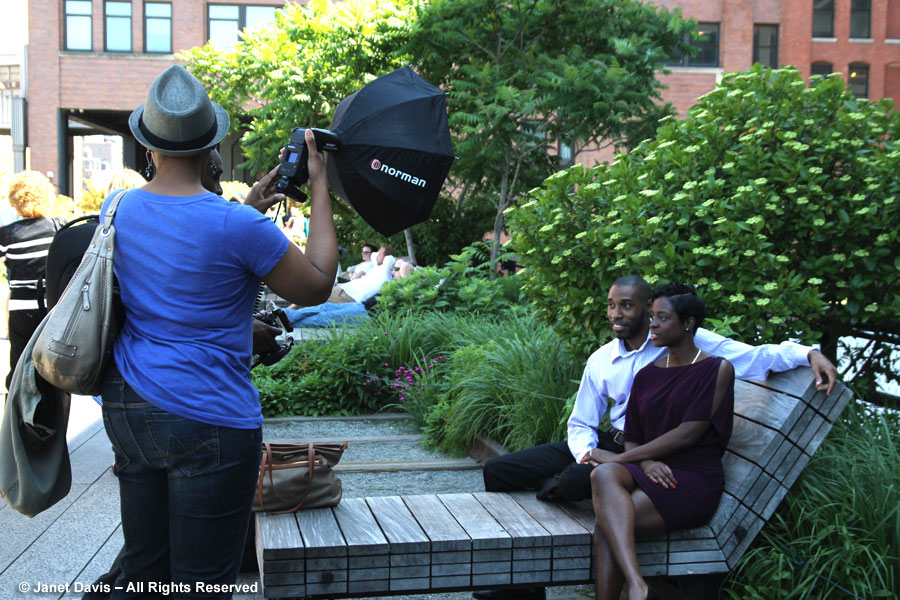

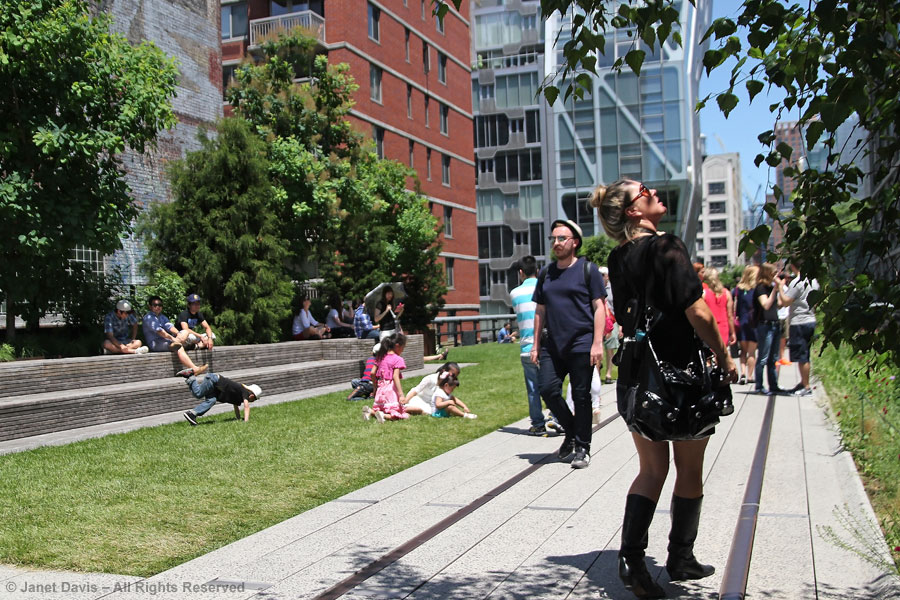
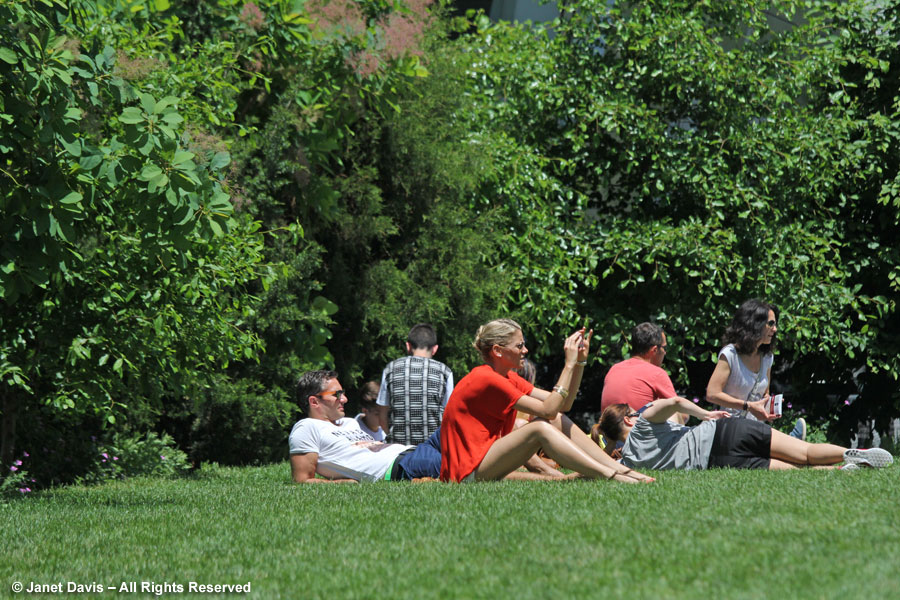

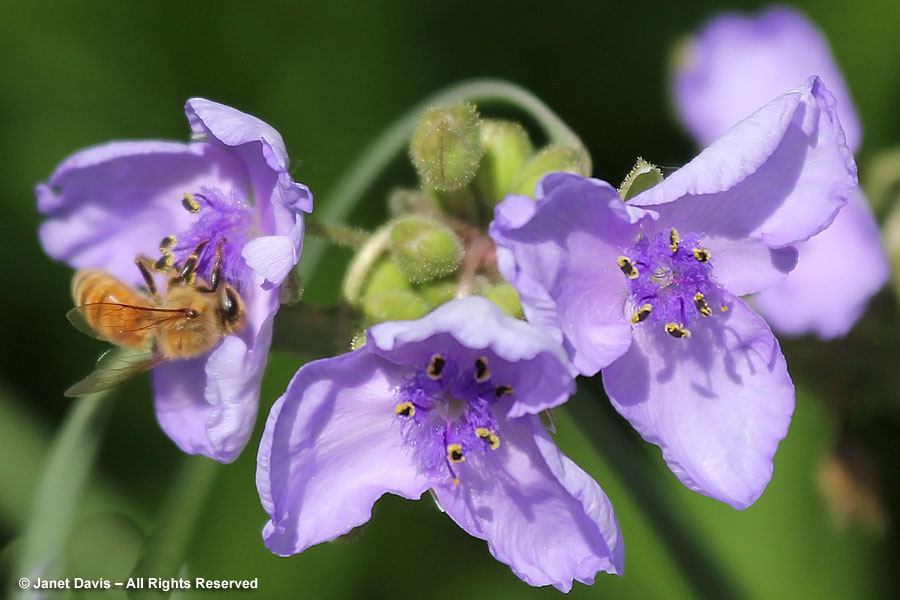
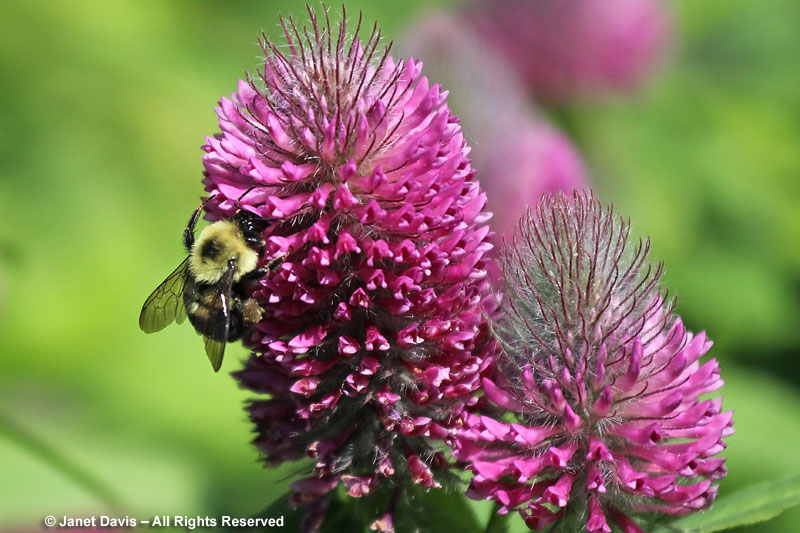
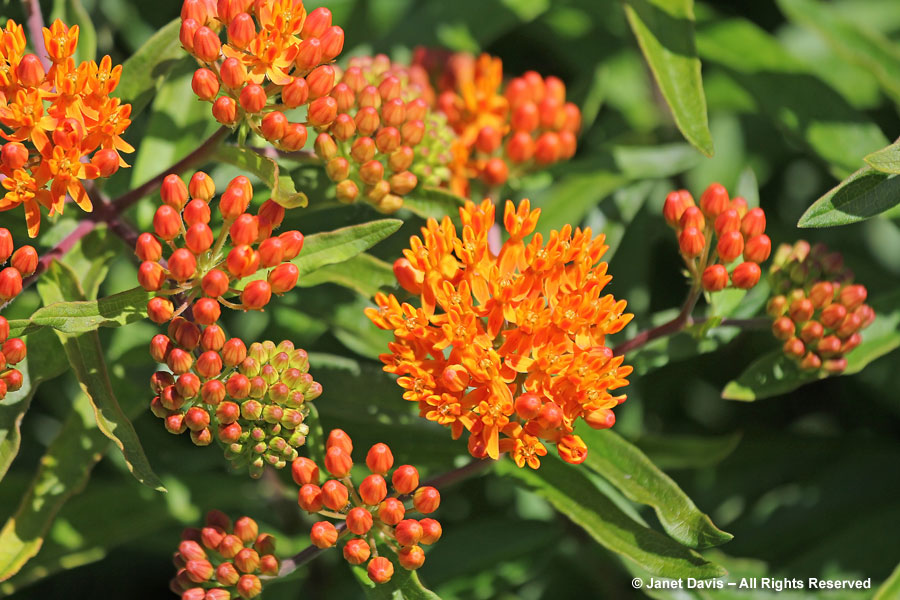
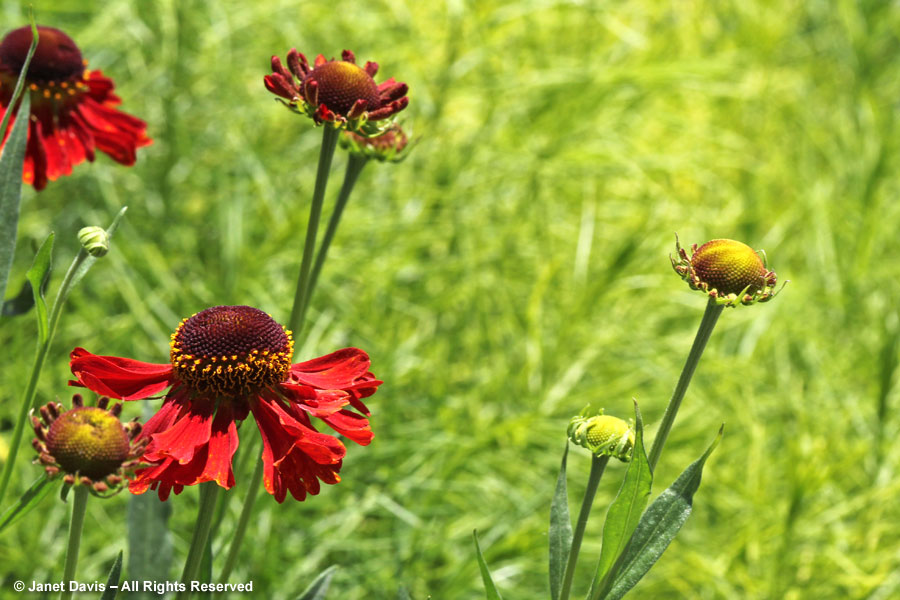
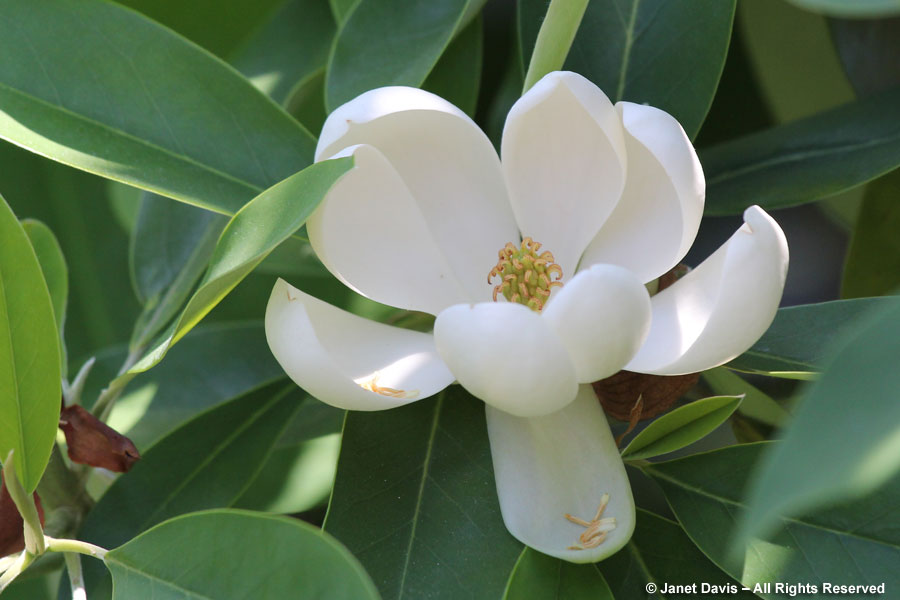
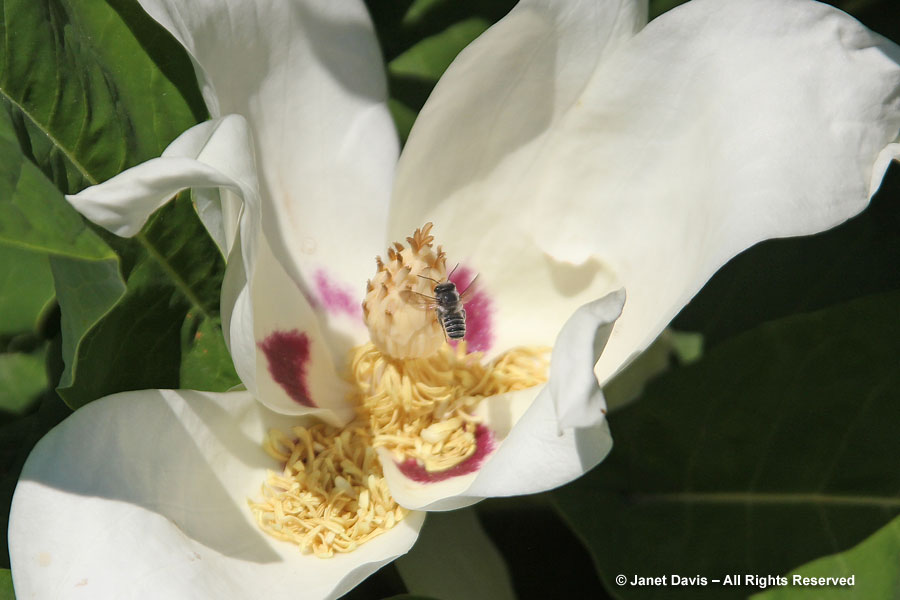
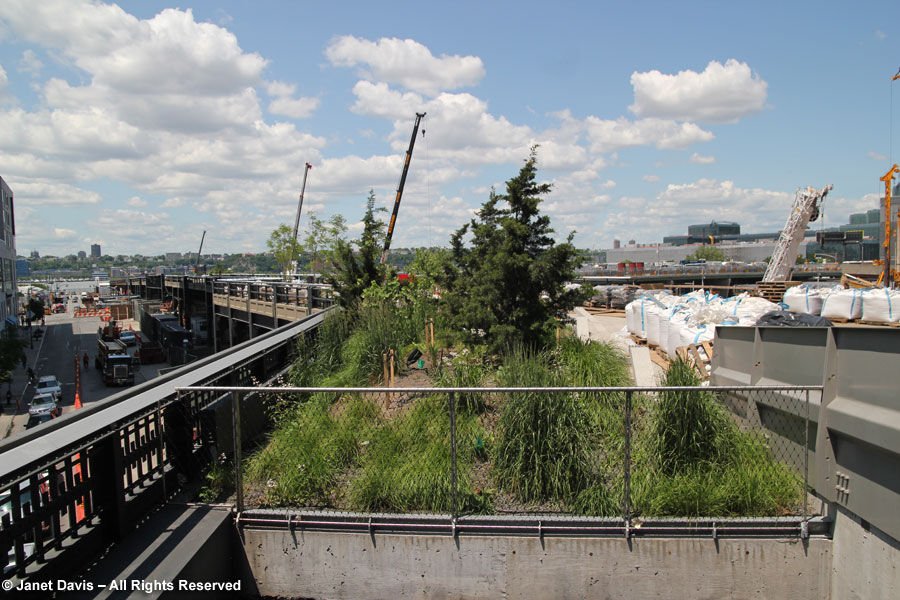
A lovely day along the High Line. You got it
Thanks, Saxon. What a great treasure for NYC!